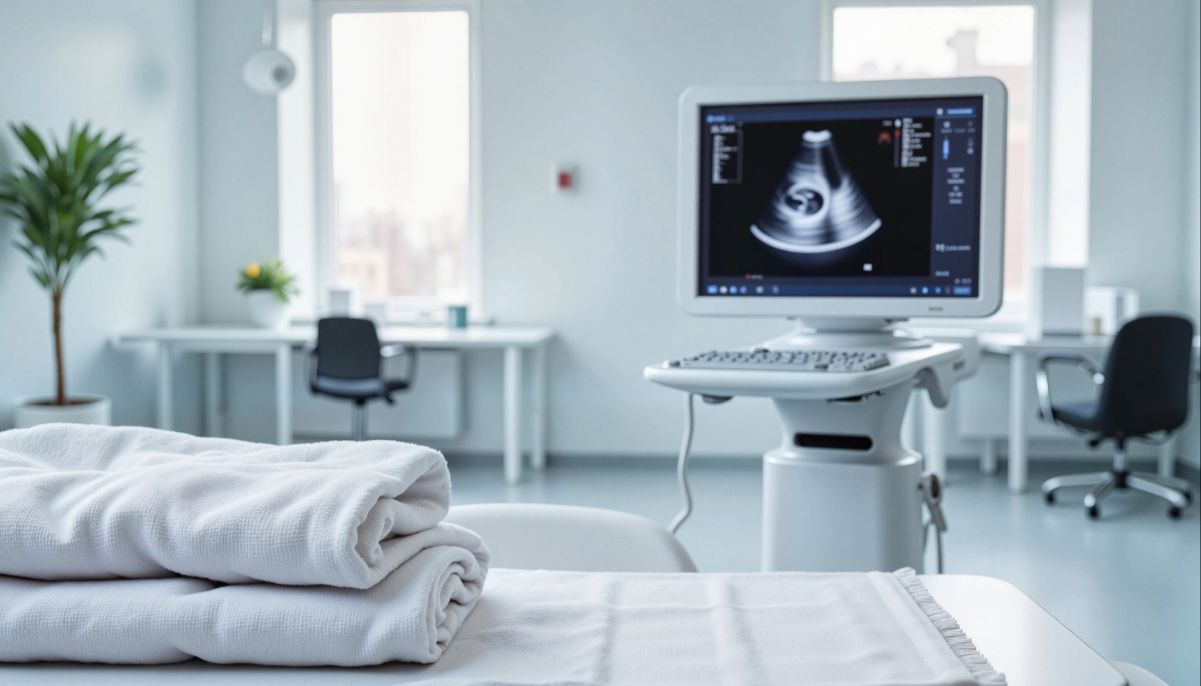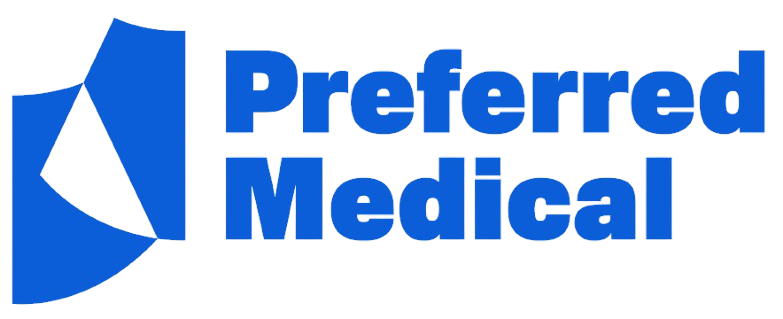3D vs. 4D Ultrasound: Understanding the Differences and Benefits
Introduction
In the evolving world of prenatal care and women's health, ultrasound imaging continues to play a pivotal role in early diagnosis, maternal reassurance, and patient engagement. As more practices look to enhance their services, 3D and 4D ultrasound technologies have become go-to solutions for OB/GYN clinics and maternal-fetal medicine providers.
But what are the differences between 3D and 4D ultrasound? Are they truly necessary, or just “nice to have”? And how do clinics ensure they’re investing in the right technology?
In this guide, we’ll explore the distinctions between 3D and 4D ultrasound, their clinical and emotional value, and how providers can use advanced imaging systems from Preferred Medical to elevate patient care and drive growth.
What Is 3D Ultrasound?
Three-dimensional (3D) ultrasound uses advanced rendering algorithms to create still, lifelike images of the fetus from standard 2D data sets. This depth-enhanced visualization gives clinicians and patients more anatomical detail than traditional 2D imaging, offering a broader understanding of fetal development.
Key Advantages of 3D Ultrasound:
- Enhanced anatomical detail: Especially useful in identifying facial abnormalities, limb deformities, cleft palate, and neural tube defects.
- Improved diagnostic confidence: Surface rendering provides an extra dimension for assessing complex fetal or uterine conditions.
- Stronger patient connection: Realistic fetal images create a powerful emotional bond, especially during routine prenatal visits.
Preferred Medical supplies systems like the Philips Affiniti 70 and Mindray DC-90, which integrate high-resolution 3D rendering for routine and high-risk obstetric evaluations.
What Is 4D Ultrasound?
4D ultrasound is a dynamic form of 3D imaging. It adds the fourth dimension—time—allowing healthcare providers and parents to see real-time fetal movements in the womb. This can include yawning, blinking, stretching, or smiling, creating a cinematic view of life before birth.
Clinical and Patient Benefits of 4D Imaging:
- Real-time fetal behavior assessment: Helps evaluate neurological function and movement patterns.
- Live visual feedback: Useful for guiding procedures or communicating findings during patient consults.
- Unmatched emotional engagement: Parents feel more connected to their unborn child with moving, lifelike visuals.
Systems like the Philips Epiq Elite and Alpinion X-CUBE i9 from Preferred Medical offer ultra-clear 4D imaging with powerful processing speed and simplified workflow tools.
Clinical Use Cases: Why 3D/4D Matters
While 3D/4D imaging is often associated with “keepsake” scans, it has valuable clinical applications:
1. Fetal Face, Spine, and Limb Evaluation
3D and 4D imaging provide surface-rendered views that help identify cleft lip/palate, clubfoot, and skeletal abnormalities that may be missed or unclear in 2D.
2. Neural Tube and Brain Defect Detection
3D multiplanar reconstruction allows better visualization of brain structures, aiding in the diagnosis of anencephaly or ventriculomegaly.
3. Uterine and Pelvic Pathology
In gynecology, 3D imaging is valuable for assessing fibroids, uterine anomalies, and intrauterine devices (IUDs).
4. Reproductive Medicine
3D imaging offers precise assessment of endometrial volume and follicular development—key to fertility evaluations and IVF monitoring.
Comparing 3D and 4D: At a Glance
This is paragraph text. Click it or hit the Manage Text button to change the font, color, size, format, and more. To set up site-wide paragraph and title styles, go to Site Theme.
| Feature | 33D Ultrasound | 4D Ultrasound |
|---|---|---|
| Type of Image | Static, multi-dimensional image | Live video of fetal movement |
| Use Cases | Facial features, skeletal structure | Behavioral observation, fetal interaction |
| Equipment Needs | Mid- to high-tier ultrasound system | High-performance systems with real-time rendering |
| Emotional Value | High | Very High |
| Scan Time | Moderate | Shorter, especially with automation |
| Billing Potential | Variable (often elective) | Strong patient-driven demand |
Safety and Timing Considerations
Is 3D/4D Ultrasound Safe?
Yes. 3D and 4D ultrasounds use the same non-ionizing sound waves as 2D scans. When performed by qualified providers using FDA-approved equipment, they are safe for both the mother and fetus.
The American Institute of Ultrasound in Medicine (AIUM) and ACOG recommend that all obstetric ultrasound—regardless of dimension—be medically indicated, which Preferred Medical supports through clinical consultation and proper training.
When Is the Best Time for 3D/4D Imaging?
The optimal time for capturing detailed fetal imagery is 26 to 32 weeks gestation. At this stage:
- The fetus has developed enough fat for visible facial features.
- There is typically enough amniotic fluid for clear views.
- Movement and behavioral cues are frequent and varied.

Choosing the Right System for Your Practice
The right ultrasound system makes all the difference. Whether you’re a solo OB/GYN or a large MFM practice, your choice of equipment should reflect:
- Imaging capabilities (resolution, contrast, speed)
- Workflow efficiency (automation tools, presets, portability)
- Patient volume and clinical scope
- Budget and support requirements
Preferred Medical helps practices compare top systems side-by-side. Here’s a snapshot of a few recommended 3D/4D-ready platforms:
Philips Epiq Elite
- Flagship OB/MFM platform
- High-performance xMATRIX transducers
- 3D/4D with TrueVue lighting and aReveal A.I.
- Ideal for high-risk pregnancies and fetal diagnostics
Mindray DC-90
- Cost-effective premium imaging
- Smart OB, Smart Face, and iLive rendering
- Excellent for clinics seeking top-tier 3D/4D without flagship pricing
Alpinion X-CUBE i9
- Compact and highly portable
- Superb image quality with fast rendering
- Great for multi-site clinics, mobile services, or limited-space facilities
Enhancing Revenue and Patient Experience
Implementing 3D/4D ultrasound can boost your practice in more ways than one:
Revenue-Generating Services
- Offer cash-pay keepsake scans with images and video clips.
- Create prenatal wellness packages that include elective 3D/4D imaging.
- Attract referrals and word-of-mouth through social media-friendly content.
Improved Patient Loyalty
- Real-time fetal visualization enhances maternal attachment.
- Visual learning aids help explain results, improving patient trust and compliance.
Preferred Medical offers consultative guidance on packaging, pricing, and marketing 3D/4D services as part of a sustainable business model.
Turnkey Solutions from Preferred Medical
When you partner with Preferred Medical, you don’t just get equipment—you get a complete solution:
- Clinical Needs Assessment
- Tailored System Recommendations
- On-Site or Virtual Training
- 5-Year Manufacturer Warranty
- Ongoing Support and Service
Whether you're upgrading from 2D to 4D or opening a new OB clinic, our team ensures you get the right solution, right from the start.
Final Thoughts
As women’s health continues to evolve, patients expect more than just basic care—they seek clarity, connection, and confidence. 3D and 4D ultrasound imaging delivers all three. From improved diagnostic accuracy to deeper emotional experiences, these technologies are redefining what quality prenatal care looks like.
With Philips, Alpinion, and Mindray systems supported by Preferred Medical, your clinic is equipped for tomorrow’s OB/GYN imaging needs—today.
Schedule Your Demo Today
Call (866) 492-1313 or request a consult, quote or product demo.











